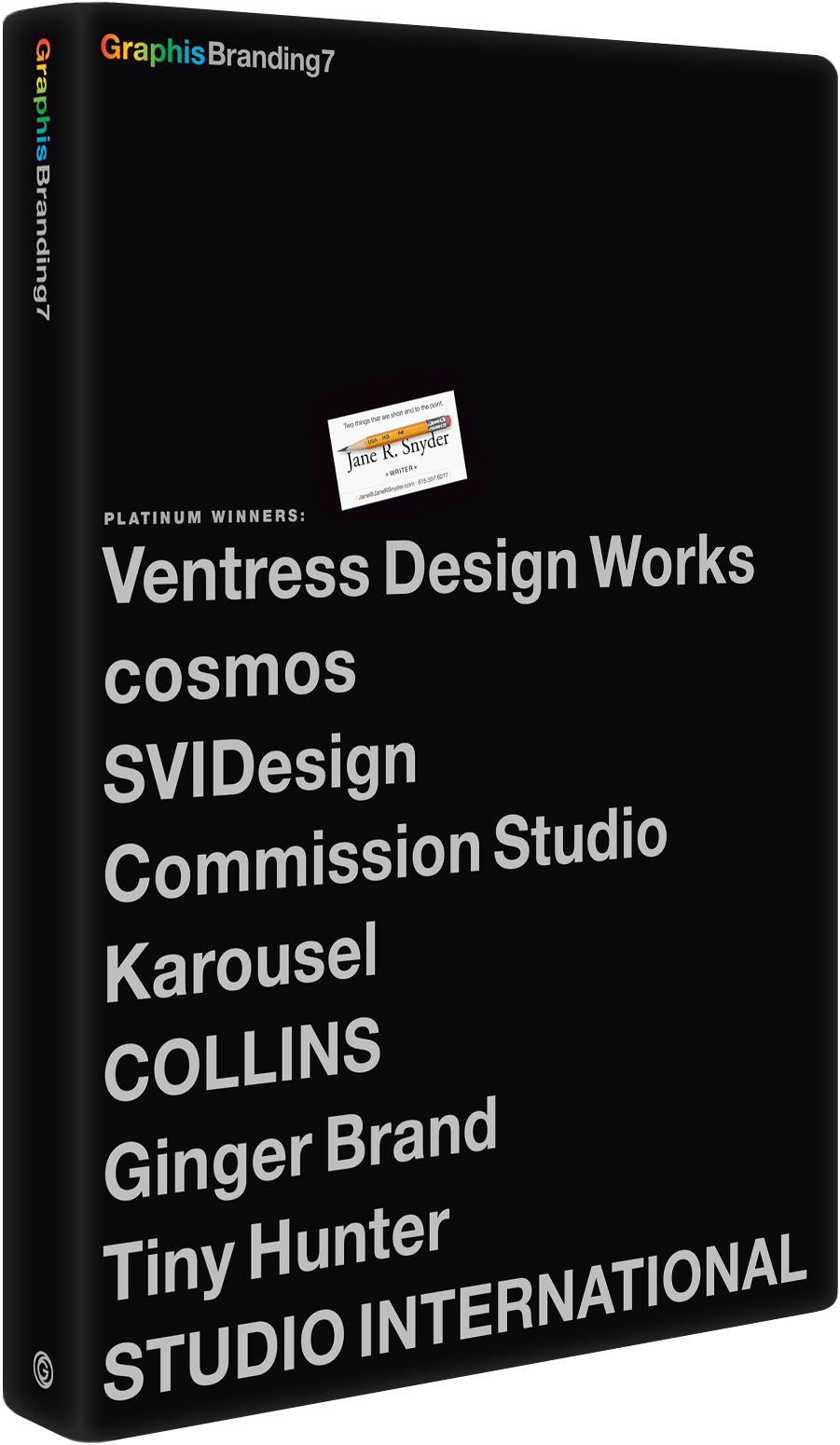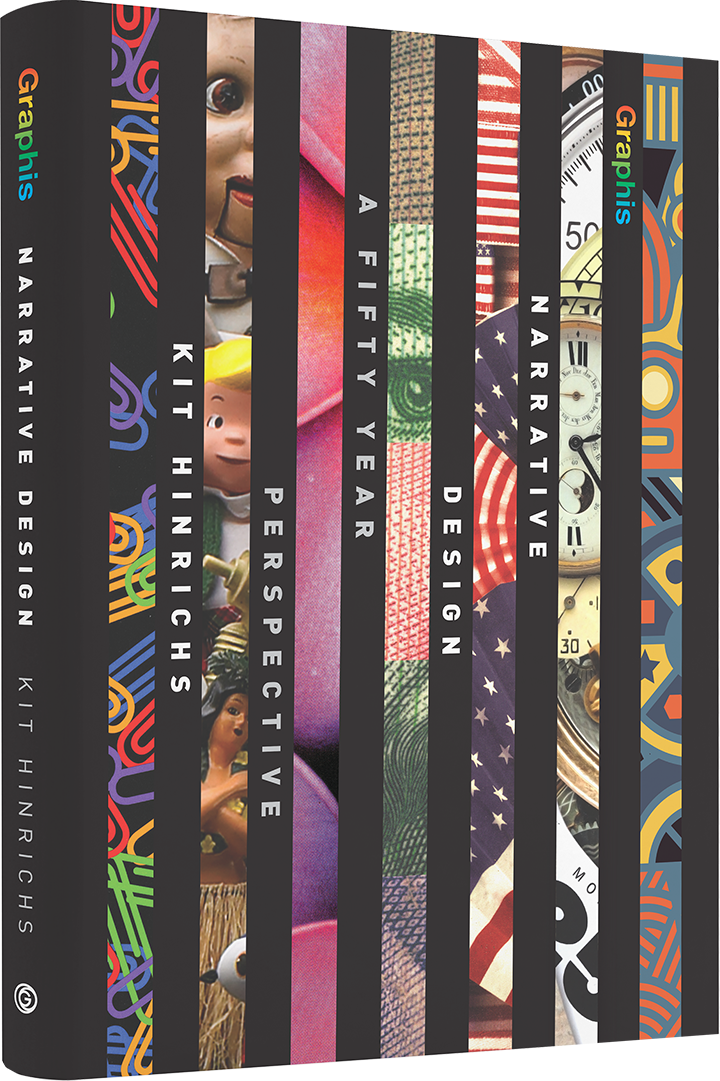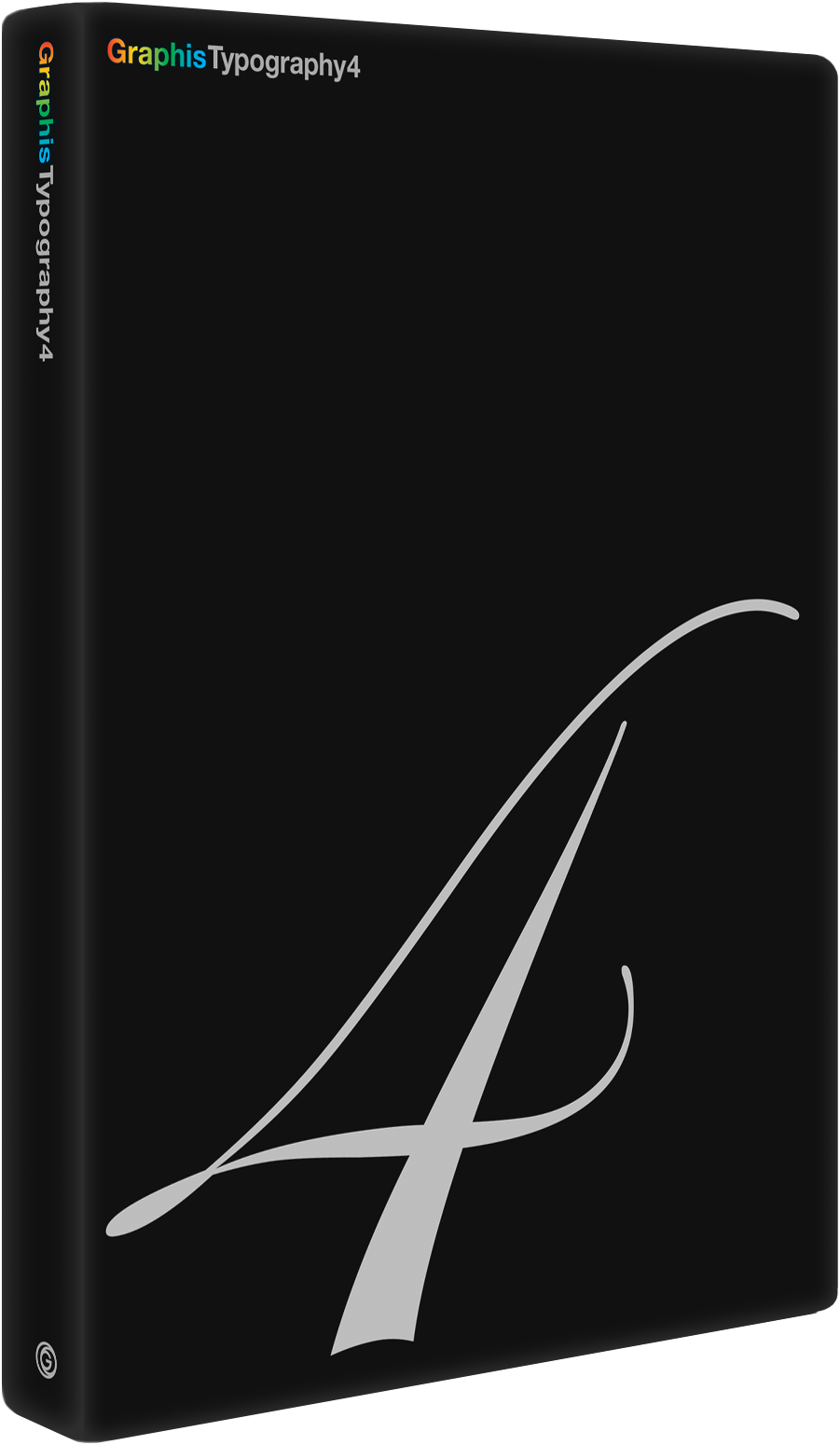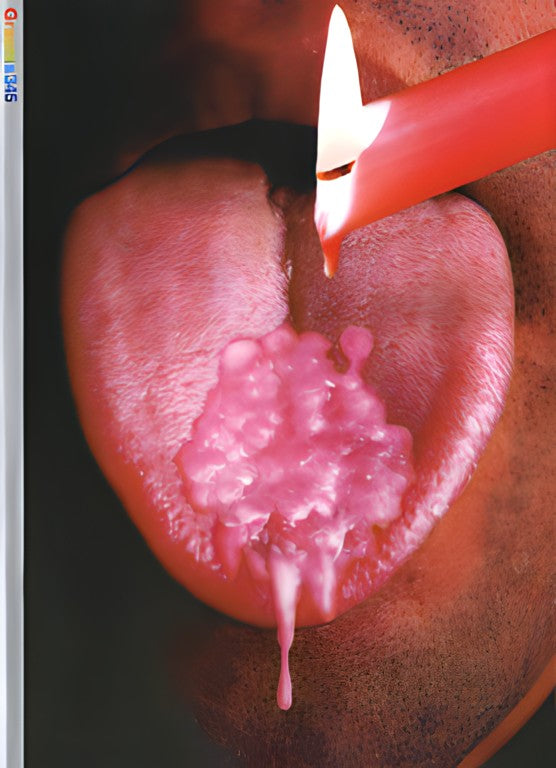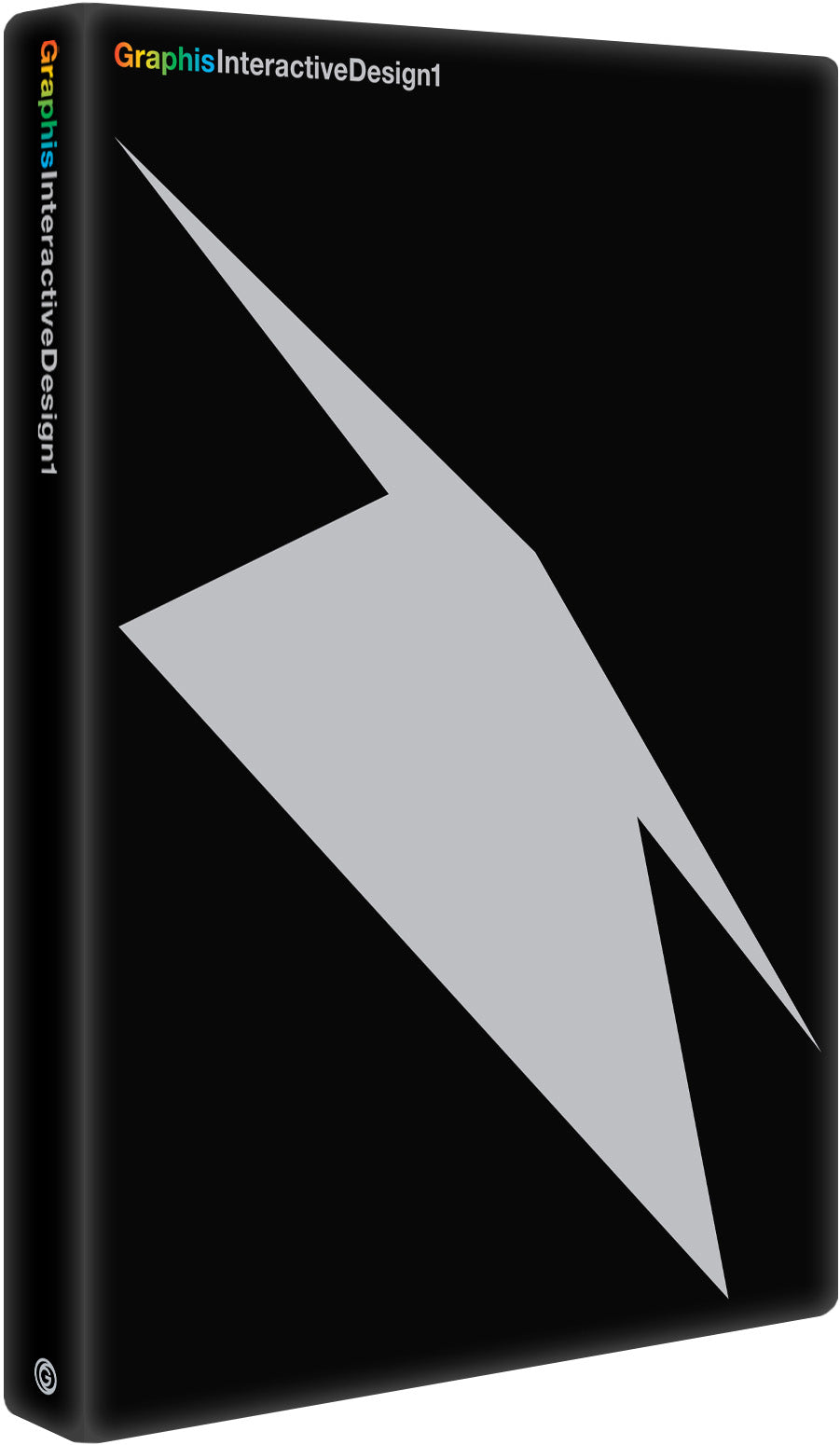Gunter Rambow: Posters That Sing, Seduce, and Scheme
In opera, where drama unfurls through soaring arias and sumptuous stagecraft, Gunter Rambow’s posters for Oper Frankfurt bring a strikingly modern visual voice to centuries-old masterpieces. Known for his audacious and evocative designs, Gunter, a celebrated German graphic designer, reimagines classics like “Tannhäuser” (above, left) and “Le Nozze di Figaro” (above, right) through a lens that melds narrative depth with artistic ingenuity. Whether capturing the scheming humor of Mozart’s ensemble or the sensual tension of Wagner’s Venusberg, Gunter’s work bridges the gap between tradition and innovation. His posters, rich in metaphor and meticulously crafted, transform opera promotion into a provocative art form, reflecting a dynamic interplay of music, storytelling, and bold visual language.
By: Gunter Rambow, Designer & Photographer
In 2024, Frankfurt Opera received the title of “Opera House of the Year” from the critics of the magazine Opernwelt, and I have been honored to design their posters for 12 years. This month, we saw the outstanding opera Lulu by Alban Berg, and I made a poster for it, which you may see in Graphic Posters 2026, hopefully.
Tannhäuser
Tannhäuser is an opera by Richard Wagner that was first performed in 1845 at the Court Opera Dresden. Wagner used various texts from the world of legends and romanticism as his literary source regarding the figure of Tannhäuser, which he uses to depict the conflict between sensual and spiritual love and filter out the resulting conflict.
My poster refers to the opening scene between Tannhäuser and Venus, the goddess of love. Tannhäuser was able to live out his erotic desires unrestrained and experienced sensual pleasure. For this situation, I wanted a gripping image, so I photographed rose petals in various colors and arranged them like a vulva. Ultimately, I chose the most passionate color; you can see my favorite photo on the poster. Although the dramaturg Maximilian Enderle told me that the staging is about a gay Tannhäuser, he loved the picture and found that it really matched the staging.
After Tannhäuser had to leave Venus, he returned to the morally rigid Catholic Wartburg society controlled by the Pope. But he was not able to fit in anymore and disturbed people when he praised sensuality rather than high love.
Le Nozze di Figaro
Le Nozze di Figaro is an opera by Wolfgang Amadeus Mozart and was first performed in 1786 at the Vienna Burgtheater. For Mozart, this opera was a great deal of political audacity because the literary source of the work was Beaumarchais’ La Folly Journey, ou Le Marriage de Figaro, which was banned not only in France but also in Vienna. Because his librettist Lorenzo Da Ponte defused the political explosiveness, the effect was no longer quite as revolutionary as it had been. However, it was still an affront to the nobility. Initially rejected for these reasons, this opera gradually became one of Mozart’s most popular operas.
When the servant couple Figaro and Susanna want to get married, their employer, Count Almaviva, insists on his “right of the first night.” In doing so, he brings not only his wife but all other castle residents against him. The opera shows a biting comedy full of intrigue, disguises, and errors, and in the end, the count is tricked.
Dramaturg Zsolt Horpácsy told me that the staging is like a game. On the field, we have players from four generations and different social classes who represent fundamentally different models of love and life. Then, the game with no rules starts. My inner eye showed me a Ludo board game with four basic colors, and with this idea, I began to design. But my characters didn’t like the rigid board; they wanted to break out immediately. The yellow ones tricked the blue game characters, the red ones were intrigued from the side, and so on. After some time, I captured the joyful interaction and playful confusion you can see on the poster.
Gunter Rambow is an award-winning graphic designer and photographer based in Güstrow, Germany. He studied glass painting at Staatliche Glasfachschule Hadamar and later graphics at HBK Kassel. He has been a graphic design and visual communication professor at Gesamthochschule Kassel, Tongji University, and HfG Karlsruhe, where he is an emeritus professor.

Social: Instagram
Check out our other Poster 2025 winners on our website!
You may also like
A Nostalgic Journey with David Allan Brandt’s Lens
Through the lens of David Allan Brandt, time stands still. In his evocative Butte Montana Series, Brandt…
Read MoreExposing Greenwashing Through the Power of Posters
Sometimes design isn’t about providing answers—it’s about asking better questions. With his poster series Green Isn’t Always…
Read More
Related Annuals & Publications
View AllBecome a Graphis Member
- 1-Year Membership Subscription
- Enjoy 50% off on Call for Entries
- 1-Year FREE Subscription to Graphis Journal
- Your Portfolio online with profile + links
- Get 20% off on Graphis Books
